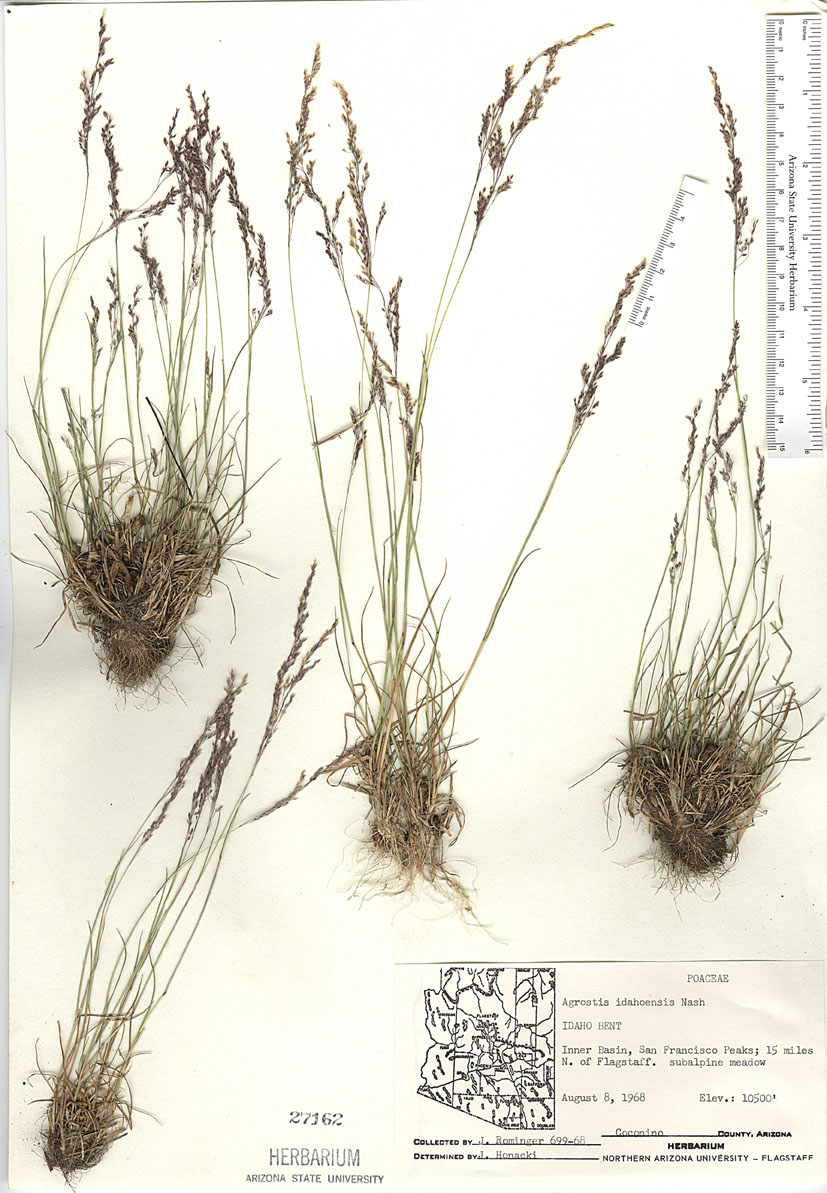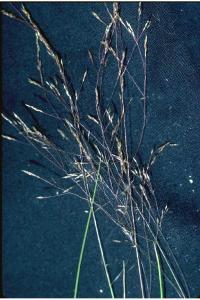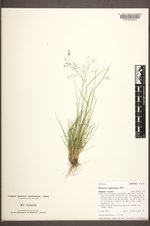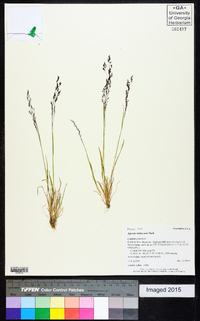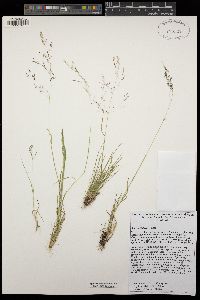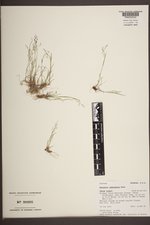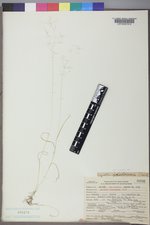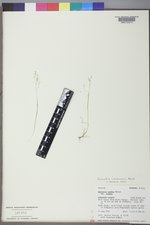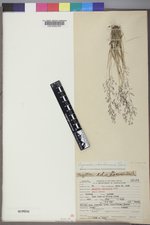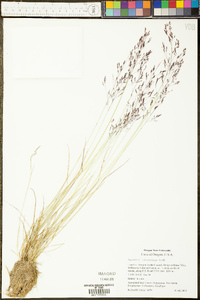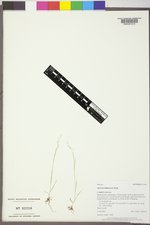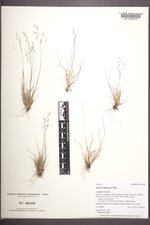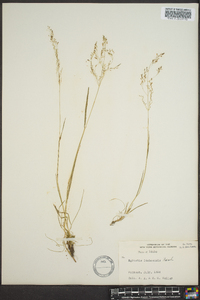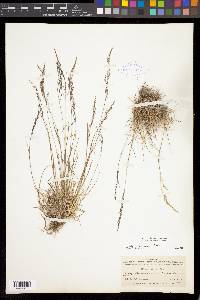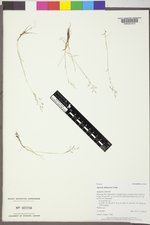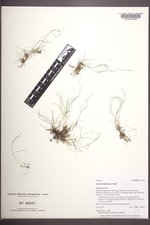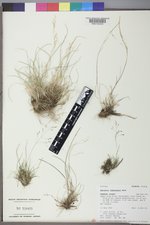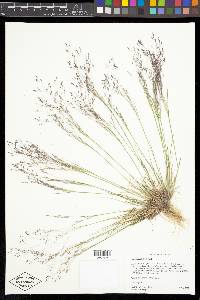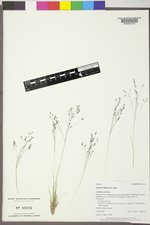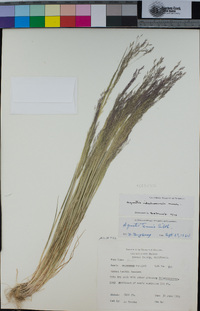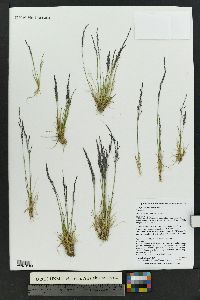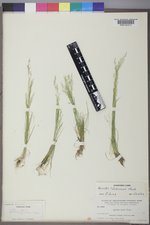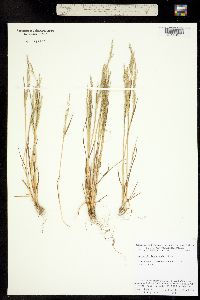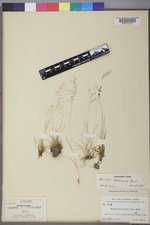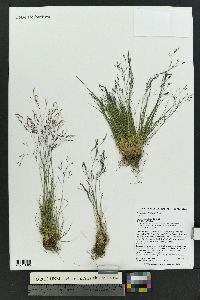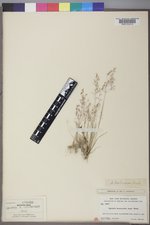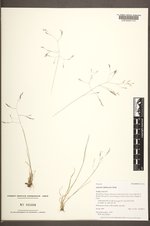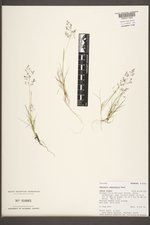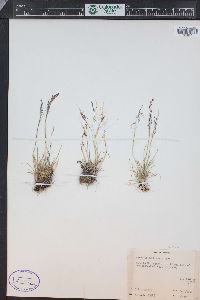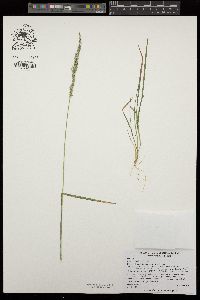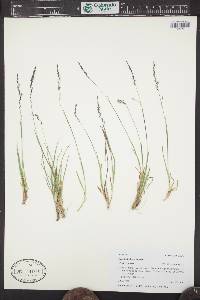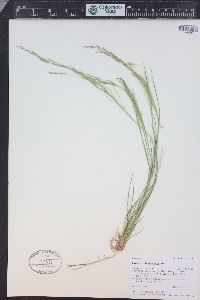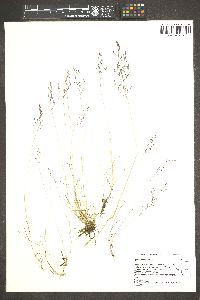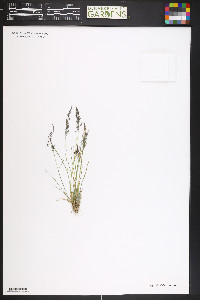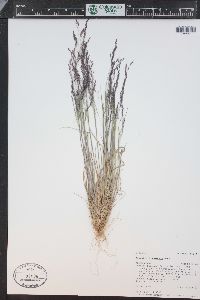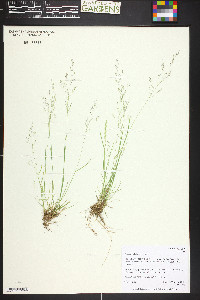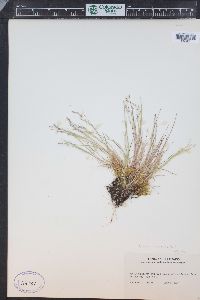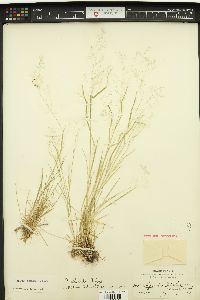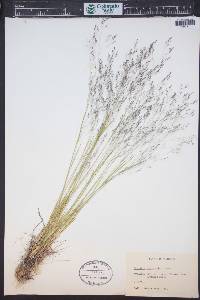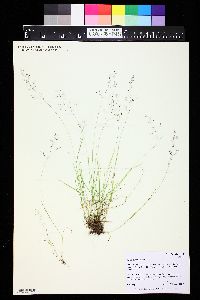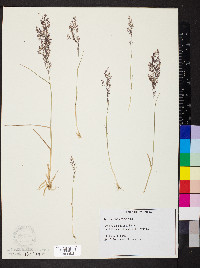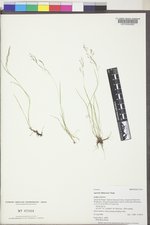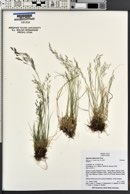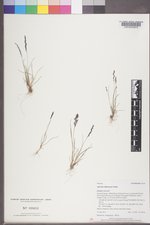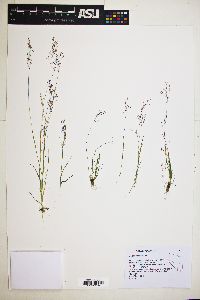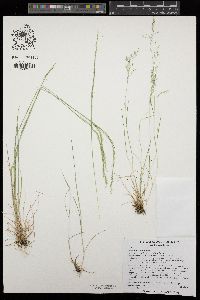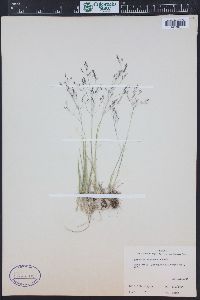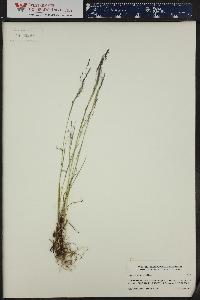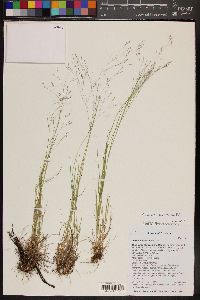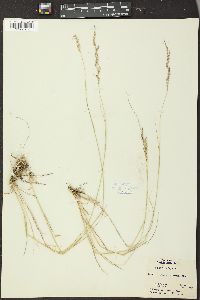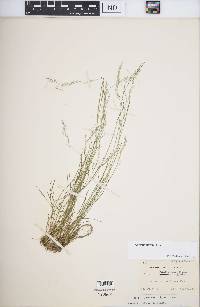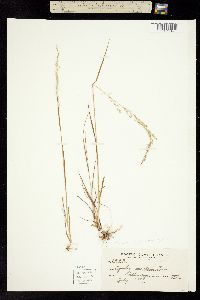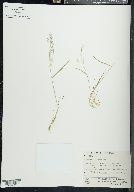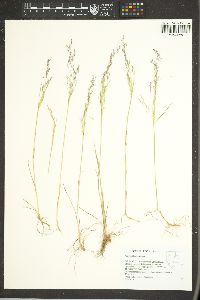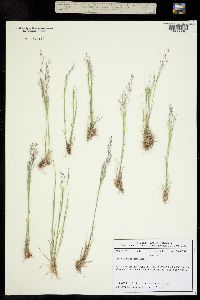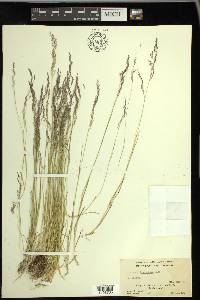Agrostis idahoensis
|
|
|
|
Family: Poaceae
Clubbed Bent, more...Idaho Bent, Idaho bentgrass, clavate bentgrass, Idaho redtop
[Agrostis borealis var. recta (Hartman) Boivin, moreAgrostis clavata Trin., Agrostis filiculmis M.E. Jones, Agrostis filicumis M.E. Jones, Agrostis tenuiculmis , Agrostis tenuiculmis var. recta , Agrostis tenuis var. erecta Vasey ex Nash] |
Dr. David Bogler, USDA NRCS PLANTS Database Perennials, Terrestrial, not aquatic, Stems nodes swollen or brittle, Stems erect or ascending, Stems caespitose, tufted, or clustered, Stems terete, round in cross section, or polygona l, Stem internodes hollow, Stems with inflorescence less than 1 m tall, Stems, culms, or scapes exceeding basal leaves, Leaves mostly basal, below middle of stem, Leaves conspicuously 2-ranked, distichous, Leaves sheathing at base, Leaf sheath mostly open, or loose, Leaf sheath smooth, glabrous, Leaf sheath and blade differentiated, Leaf blades linear, Leaf blades very narrow or filiform, less than 2 mm wide, Leaf blades 2-10 mm wide, Leaf blades mostly flat, Leaf blade margins folded, involute, or conduplicate, Leaf blades mostly glabrous, Ligule present, Ligule an unfringed eciliate membrane, Inflorescence terminal, Inflorescence an open panicle, openly paniculate, branches spreading, Inflorescence solitary, with 1 spike, fascicle, glomerule, head, or cluster per stem or culm, Inflorescence branches more than 10 to numerous, Lower panicle branches whorled, Flowers bisexual, Spikelets laterally compressed, Spikelet less than 3 mm wide, Spikelets with 1 fertile floret, Spike lets solitary at rachis nodes, Spikelets all alike and fertille, Spikelets bisexual, Spikelets disarticulating above the glumes, glumes persistent, Spikelets disarticulating beneath or between the florets, Entire inflorescence falling intact, as a tumbleweed, Rachilla or pedicel glabrous, Glumes present, empty bracts, Glumes 2 clearly present, Glumes equal or subequal, Glumes equal to or longer than adjacent lemma, Glume equal to or longer than spikelet, Glumes 1 nerved, Lemmas thin, chartaceous, hyaline, cartilaginous, or membranous, Lemma 5-7 nerved, Lemma glabrous, Lemma apex truncate, rounded, or obtuse, Lemma awnless, Lemma margins thin, lying flat, Lemma straight, Palea present, well developed, Palea membranous, hyaline, Palea shorter than lemma, Palea 2 nerved or 2 keeled, Stamens 3, Styles 2-fid, deeply 2-branched, Stigmas 2, Fruit - caryopsis, Caryopsis ellipsoid, longitudinally grooved, hilum long-linear.
FNA 2007, Field Guke to Forest & Mtn Plants of N AZ 2009, Jepson Herbaria-Berkeley, Ann. Checklist GCNP 1987 Common Name: Idaho bentgrass Duration: Perennial Nativity: Native Lifeform: Graminoid General: Perennial bunchgrass, stems 8-40 cm tall, erect with narrow leaves and with loose spreading panicles to 13 cm long. Vegetative: Non rhizomatous, stems cespitose slender and erect, stems 8-40 cm long, with 2-5 nodes, leaves mostly basal, mostly flat and glabrous, sheaths open, usually smooth, ligules 1-4 mm with rounded to truncate apices, blades 1-7 cm long, less than 2 mm wide. Inflorescence: Inflorescence an open panicle, panicles 3-13 cm long, 1-6 cm wide, lanceolate, lowest nodes have 1-6 branches, branches stiff and ascending, -branching at or above midlength,- pedicels 1-6 mm, spikelets lanceolate and purplish, glumes subequal, 1-2 mm long with one vein, usually scabridulous and with acute apices, lemmas 1-2 mm, 5-veined, apices acute and entire, paleas absent, anthers < 1 mm long. Ecology: Found in wet regions and bogs of alpine and subalpine meadows, also in wet openings of coniferous forests along with Sphagnum, in elevation above 3500 m, flowers July-August. Distribution: Found in all Western states Notes: Can be confused with A. mertensii and A. scabra, but it grows in wetter habitats than these species, and it is smaller than A. scabra, which has stems 15-90 cm tall. Ethnobotany: Unknown Etymology: Agrostis is from the Latin and Greek names for a type of grass, from Greek agron or agros, field or pasture, while idahoensis comes from the state of Idaho. Editor: Lkearsley2012 |

